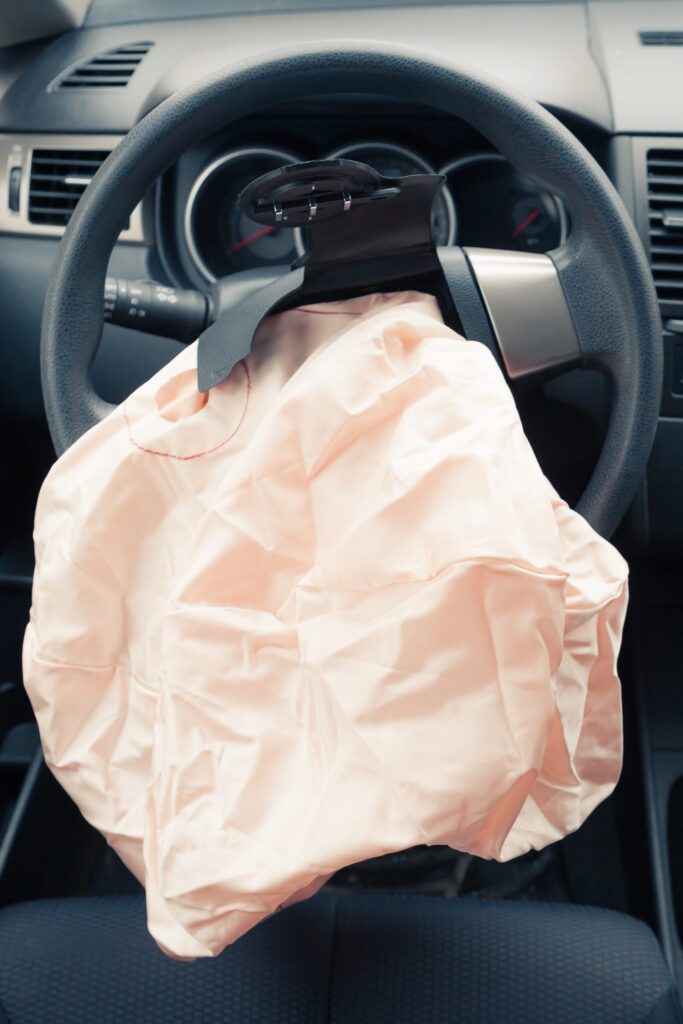Each season brings its own weather that can affect your car and driving. A car is just like a phone, computer or any other piece of equipment. Occasionally it may need a little maintenance. From quick tune ups to more involved work, our cars are something that we have to keep in the best condition, for our safety and for the safety of others. That is especially true as seasons change.
As seasons shift, every weather condition brings something new. From dry weather, steady down pours and even snow showers. How can you get your car ready for any road condition?
- Inspect tires. Whether in dry conditions, rain or snow, it’s important to have tires that can handle it all. If your tires start to get too dull or the tread starts to run thin, the chances of you losing control due to a quick stop or swerve greatly increase. Tires are important for safety, comfort and fuel efficiency. Under-inflated tires are not only guaranteed to waste gas, but can be a hazard for driving over an extended amount of time. If you’re unsure if your tires need replacing, do a quick penny test.
- Verify lights are functioning. Burned out headlights, tail-lights or blinkers are a sure way to getting pulled over. Aside from that, it can also be a hazard for other drivers. If your headlights are out or too dim chances are vehicles around you will not be able to see you through a heavy downpour or heavy snowfall.
- Check the brakes. Depending on what your brake pads are made of, they can last anywhere from 25,000 to 70,000 miles. They’ll wear thin, stopping them from working effectively. When this happens you’ll usually notice a screeching or squealing noise, indicating they may no longer be safe. For intense and changing weather conditions it’s important to have high functioning brakes to ensure safety to those around you and yourself.
In Addition To Vehicle Maintenance Safety, There Are A Few Tips You Can Keep In Mind As A Driver To Prevent foul Weather Auto Accidents.
Tips For Driving In Snow:
- If you’re inexperienced with driving in the snow, stay home and don’t be on the roads.
- Make sure you accelerate and decelerate slowly. Try not to make any sudden or quick changes or movements. Apply your gas slowly to be able to regain traction and avoid skids.
- Don’t stop while going up a hill, especially on icy roads, and instead keep moving at a steady pace.
Tips For Driving In Rain:
- Turn on your windshield wipers using one of the adjustable settings. This ensures water will not collect on your windshield and you will have a clear view. Ensuring your wipers aren’t over worn can be helpful as well.
- Maintain a safe distance between your vehicle and the car in front of you. Stopping your vehicle can be more difficult in rain, so this can help avoid auto accidents.
- Be aware of still or standing water, as it can cause hydroplaning. This is when you lose traction and skid across the surface of the road without control of the vehicle.
There are many different types of obstacles you may face while driving. Make sure you stay alert and aware to any changing weather conditions and stay prepared. As seasons change, update yourself on safe driving techniques to help avoid auto accidents.
Have You Or A Loved One Been Injured In An Auto Accident, Trucking Accident Or Motorcycle Accident Due To Weather Conditions? After You’ve Alerted The Authorities And Received Medical Treatment, Call Jones & Swanson At (770) 427-5498 for Help With Next Steps. You Can Also contact Us Online to Request More Information And Schedule A Free Case Evaluation Today.
Categories: Airbag Safety, Auto Accidents, Commercial Accidents, Distracted Driving, FAQ, Georgia Laws, Health & Wellness, Medical Bills, Personal Injury, Safety Tips, Seatbelt Safety, Summer Safety, Tire Safety, Truck Accident, Trucking Accidents



